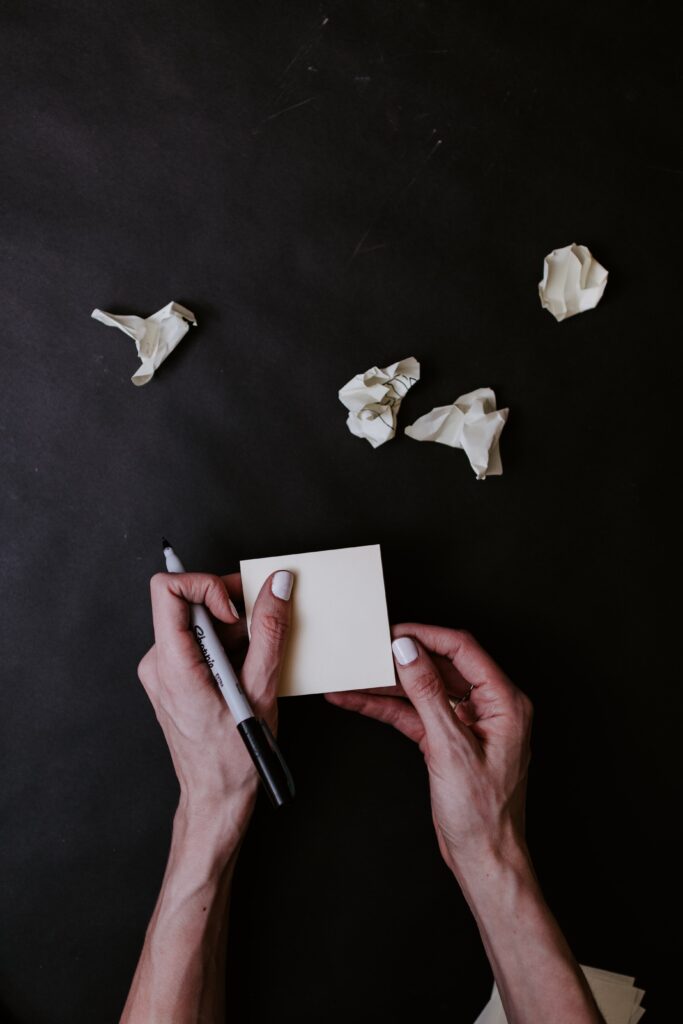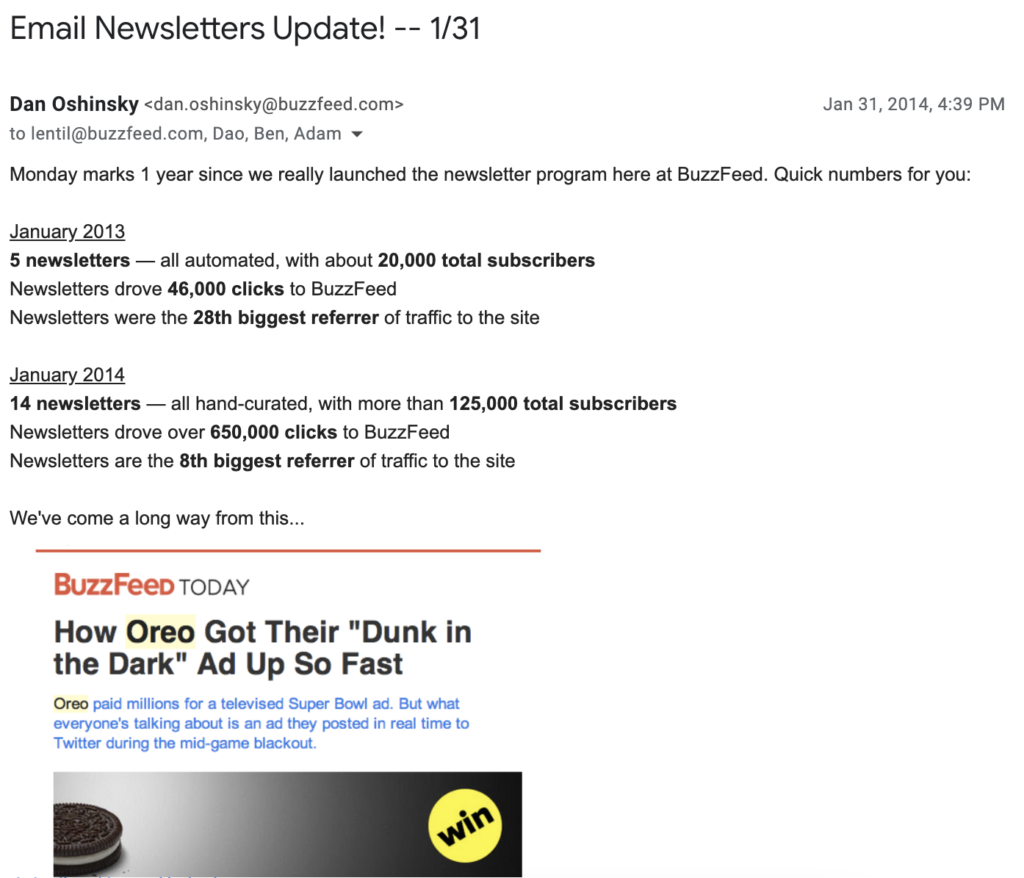
When I first started Inbox Collective, I thought most of my job would involve projects and travel.
I’d do an audit for a newsroom, then travel to their office to lead a workshop. I’d take the lead on a big project, where I’d get into a client’s email platform to build something for them. I’d do talks in person. I’d speak at conferences in front of big rooms.
And the job changed when the pandemic hit. I wasn’t traveling for work anymore, which meant more calls and presentations on Zoom. A lot of friends told me they hated Zoom — I found that I loved it. I could actually work with more teams and help a lot more people since I wasn’t spending all my time on planes. I could work with newsrooms and writers in far-off parts of the world, and do so on my schedule.
And at the same time, I started to realize that I didn’t love project work. It took up a lot of time and was full of frustration — exactly the stuff that made me want to go solo in the first place.
So the job changed. I shifted towards the work I liked most: Coaching, writing, and IRL work that involves lots of 1-to-1 time. I took on some audits, but only occasionally. I farmed out work that I wasn’t enthusiastic about to other consultants or agencies.
This week, I traveled to LA for work for an on-site with a client and a Dine & Deliver dinner. I was in LA for 36 hours. I landed just before 2 a.m. in California. I got home the next day after midnight.
And I loved the work I did on site, but it was a reminder of how happy I am with the job I’ve created for myself. It’s definitely not the job I thought I’d have four years ago.
It’s better.
———
That’s me on the flight back from LA. I might not have been smiling if I’d realized that I’d get home at 12:30 a.m.







